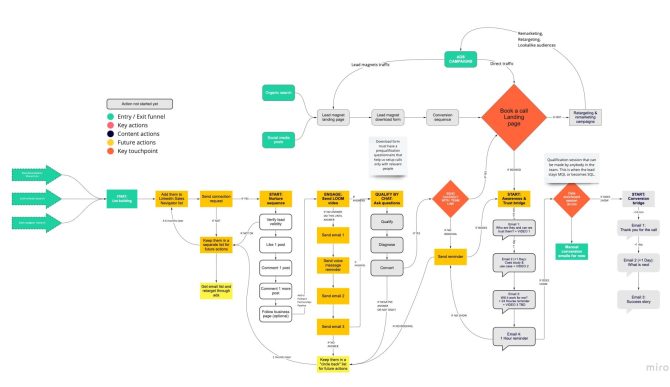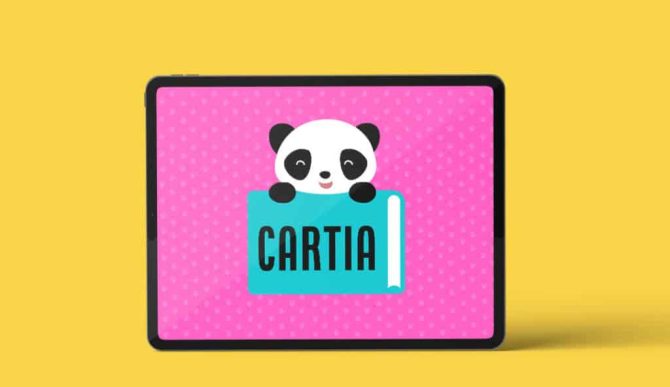How we helped ZEMP, a Swiss POS startup, create a predictable lead generation & funnel marketing strategy
Article summary
Share
When ZEMP approached us, the B2B SaaS startup faced a problem so common among early-stage B2B companies: they had a pretty solid product but low predictability strategies for lead generation & user acquisition.
ZEMP offered an integrated POS and payment solution for small business owners in the DACH area (Germany, Austria, and Switzerland), built by an a very cool entrepreneur who understood their struggles firsthand.
But, unfortunately, having a great product is not enough if your ideal customers don’t know about you and the solution you provide for their business problems.
About the client
ZEMP Business Solutions AG was founded in March 2018 when Oliver quit his full-time job to build the POS solution he wished existed. Operating from Zürich, ZEMP served around 20 customers in the DACH region when they came to us.
Their vision was ambitious: expand to German-speaking markets, then across Europe, Middle East, and Africa.
The company had become profitable, but growth was unpredictable. Their marketing department consisted of one person, Anna, who handled all communications. They needed a system that could scale without requiring a massive team.
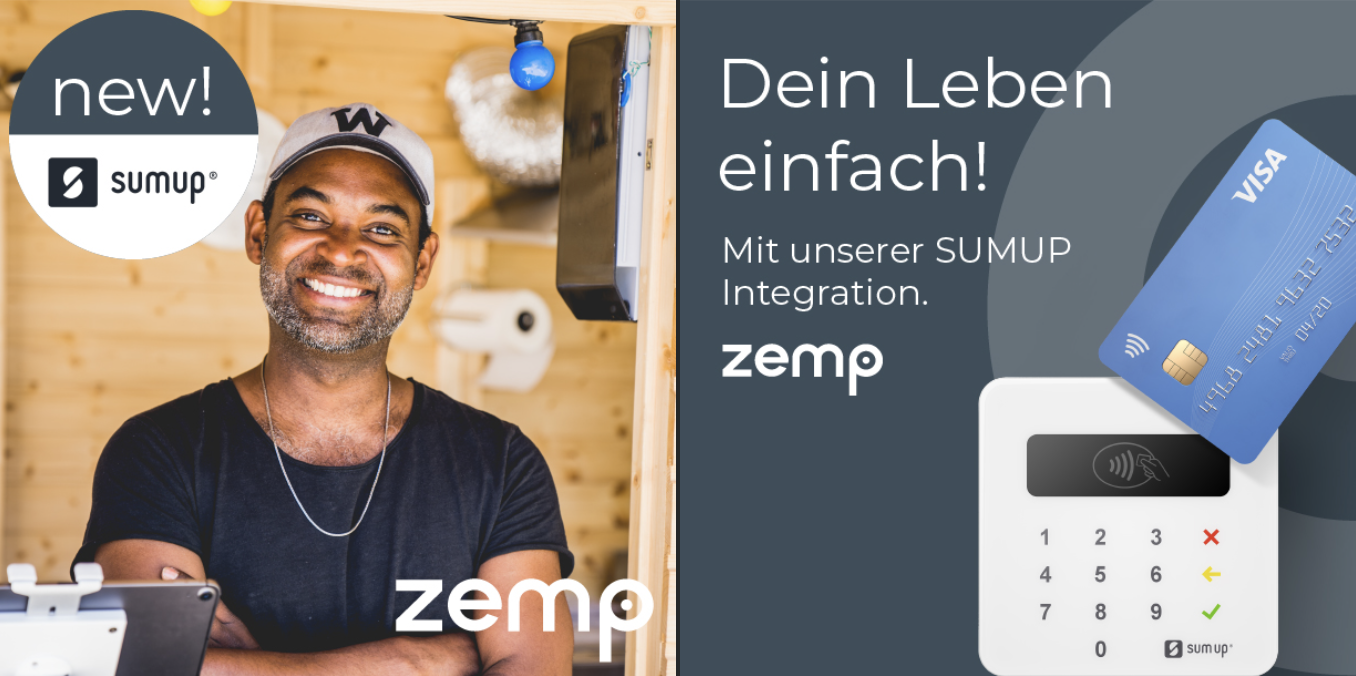
Client situation analysis
Before we accepted this project, we conducted an extensive research & discovery process.
What we found was telling. ZEMP had three critical problems.
First, they lacked any user acquisition process whatsoever, making business forecasting harder and revenue growth rather unpredictable.
Second, despite having a better adapted product to Swiss (and DACH area) legislation, they were rather unknown in a market dominated by large players like KLARA, Square, and SumUp.
Third, their target audience (super-busy small business owners) had limited tech knowledge and even less time to learn new systems.
The situation was more challenging than it appeared.
Their target customers were drowning in manual administrative work, tracking everything in Excel spreadsheets, working with multiple payment providers, and feeling anxious and overwhelmed.
These weren’t sophisticated business operators; they were talented entrepreneurs who excelled at their craft but struggled with business management.
Even worse, previous agency had delivered a pretty presentation with no actionable plan.
ZEMP needed tangible results, not another strategy deck gathering dust.
The Challenge
The ZEMP team were explicit about what they feared most: getting another strategy & growth solution too complex to implement with their limited resources, a strategy focused on brand building instead of immediate lead generation & sales, or just another presentation with no actionable next steps.
They needed to build brand awareness while generating leads really fast. They wanted a “well-oiled lead generation machinery” that could grow with the business, not a one-time campaign.
As expected, the market presented its own obstacles. We discovered fierce competition in a rapidly changing eComm tech industry. Regulations around cash register systems in Germany (KassenSichV) and Austria (Registrierkassenpflicht) added a lot of complexity to the project. Another important element was that the POS software market was growing at 14% CAGR, but so was the noise.
Objectives
We established three primary objectives. First, build clear positioning and increase brand awareness & brand trust among SMB owners in German-speaking markets.
Second, generate leads in a predictable way as quickly as possible.
Third, make ZEMP top-of-mind for integrated SMB solutions through a clear digital marketing strategy.
Our quantitative targets for social media alone were aggressive: grow Facebook from zero to 10,000 followers by 2023, Instagram to 3,000, and LinkedIn to 5,000.
Target Audience
After discussing with the top management of the client, customer support representatives inside Zemp, and after we did our quantitative (a form that was filled by 150+ people in our ICP) and qualitative (12 interviews with existing clients), we identified two primary segments:
- One-person businesses
- small shop owners with 2-5 employees in retail and HoReCa industries.
Important note: they weren’t tech-savvy business people. They were people excellent at their craft, who needed business management without the hassle.
Most had no idea how much money they actually made because they juggled multiple payment providers and error-prone Excel tracking. They couldn’t take vacations because they had no way to delegate or pass knowledge to employees. ZEMP could replace every C-level role except the visionary CEO function, giving owners their lives back.
Our Work Process
We developed a four-phase methodology designed specifically for startups with limited resources but ambitious growth goals.
1. Discovery Phase
As part of our process, we started with a comprehensive workshop that eliminated the back-and-forth of traditional briefing and knowledge transfer an agency-client project is needing. This particular stage was not only about understanding the Zemp brand. We needed alignment on goals, resources, timelines, procedures, and aspirations before creating any strategy.
The workshop produced materials ZEMP could use with us or any other agency, giving them ownership of the strategic foundation. We documented everything: their purpose (helping SMBs drive sustainable growth), their values (transparency, speed, support, empathy, empowerment), and their brand essence (the secret ingredient for SMB success).
We also conducted the most comprehensive competitive research in the project. We analyzed seven major competitors across:
- social media presence
- engagement rates
- advertising strategies
- content marketing approaches
- positioning
- paid media strategy.
- funnel design
The document ran over 50 pages and revealed critical gaps in how competitors approached social media.
Key finding: smaller players barely posted, while larger ones focused too heavily on features rather than customer outcomes.
None had a clear lead generation strategy for social media. This presented massive differentiation opportunities.
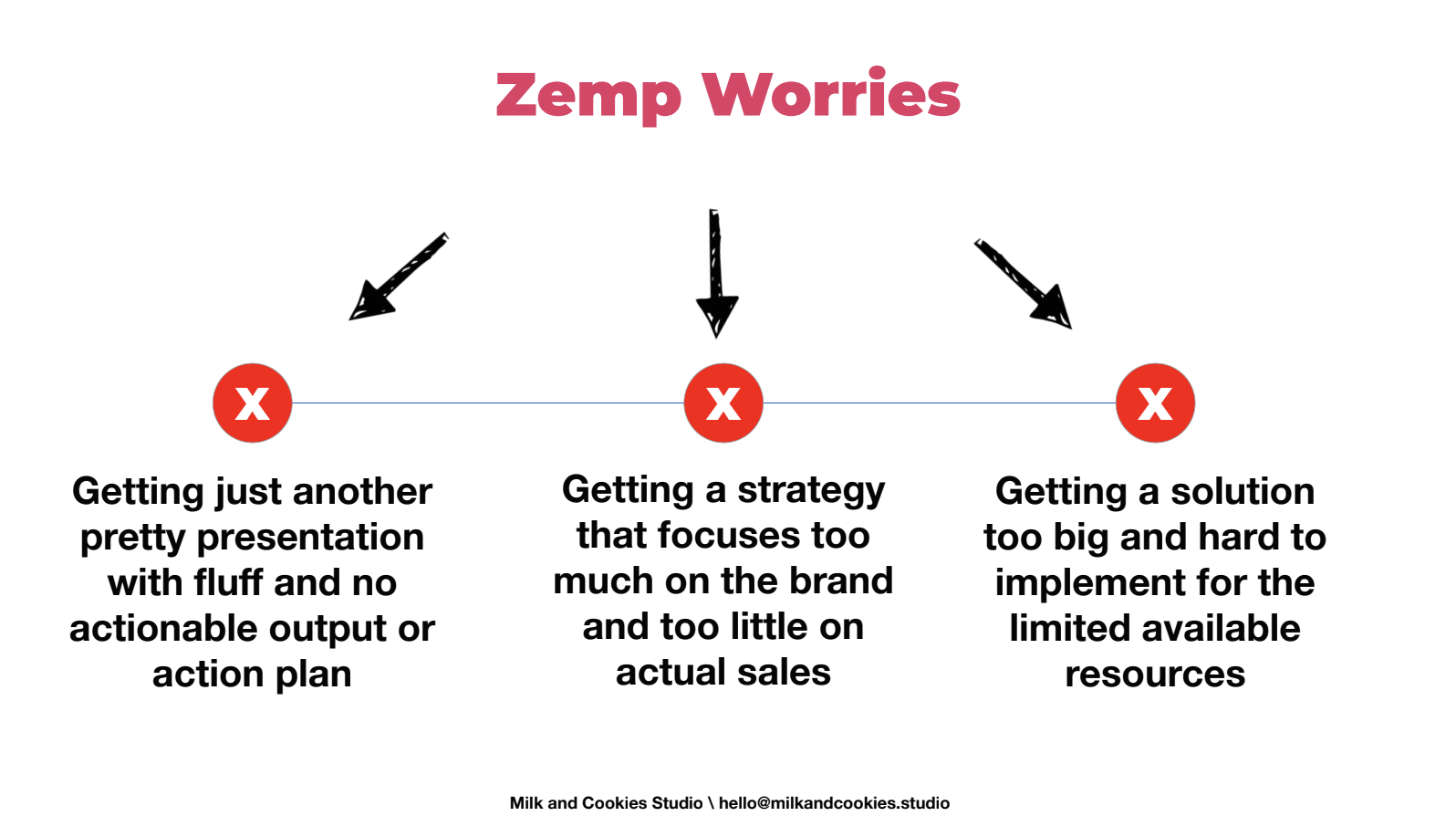
2. Short-Term Strategy Phase
We built an initial approach based on assumptions rather than historical data. From our experience working with 100+ B2B companies, we knew every niche has unique characteristics, and without past campaign data, predicting what resonates was nearly impossible.
The short-term strategy phase lasted three months and focused on testing hypotheses across multiple channels. ZEMP had minimal LinkedIn presence, few followers, and low engagement compared to industry leaders.
We had to build from scratch.
We designed a performance branding matrix to test different messages and determine which resonated most with the target audience. During this phase, we set up all accounts, platforms, and educated platform algorithms through consistent activity.
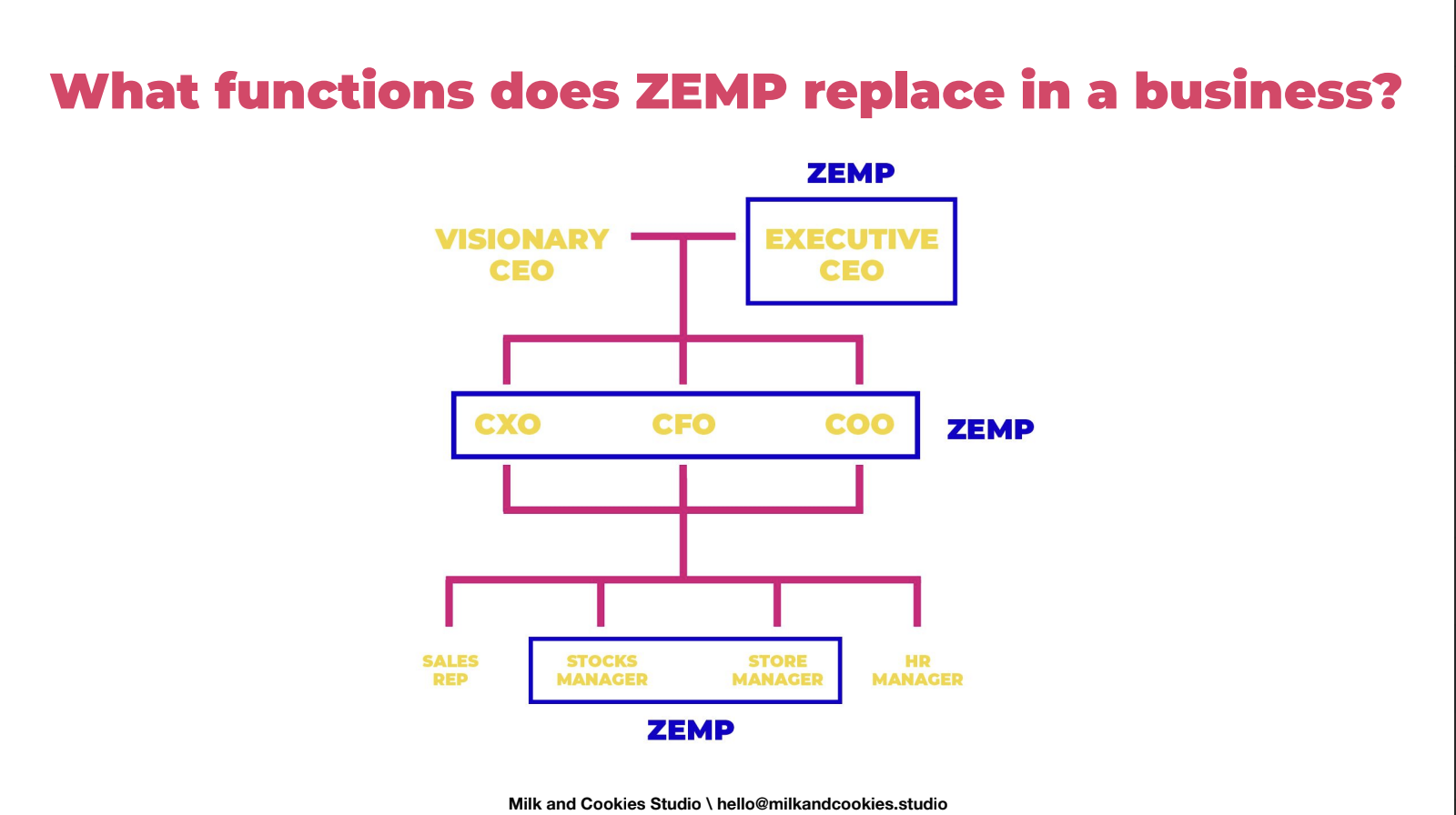
3. Testing and Optimization Phase
For this stage, we deployed a series of experimentats across multiple channels to understand the dynamics of the ICP content consumption, while achieve a first leg of our awareness objectives. The focus was on creating relevant content that provided genuine value, not only promotional content that felt salesy.
We developed content around four moments based on customer mindset:
- I want to Learn (30% of content)
- I want to Plan (20%)
- I want to Execute (30%)
- I want to Grow (20%).
Each pillar addressed specific needs at different stages of the entrepreneurial journey.
For the “Learn” pillar, we created articles about entrepreneurship, motivational posts, industry insights, and aspirational community content.
For “Plan,” we developed some simple how-to guides, checklists, product wikis, and online workshops.
“Execute” content included tutorials, testimonials, use cases, and demo webinars.
While the “Grow” content focused on advanced strategies and special perks.
The social media strategy followed a weekly posting matrix: Plan content on Mondays, Execute content on Wednesdays, Grow content on Fridays, and Learn content on weekends, with Tuesdays and Thursdays reserved for brand announcements.
4. Long-Term Strategy Phase
After three months of data collection, we developed ZEMP’s sustainable lead generation strategy. We optimized landing pages for lead capture and improved each funnel phase to maximize conversion, starting from the BOFU content (fixing the landing pages and the lead magnets), making our way up towards the website traffic generation TOFU.
Deliverables
The breadth of what we delivered went far beyond typical agency work.
We delivered an exhaustive 52-page competition research document analyzing every aspect of how competitors approached social media, from posting frequency to ad strategies to engagement patterns. This became ZEMP’s competitive intelligence foundation.
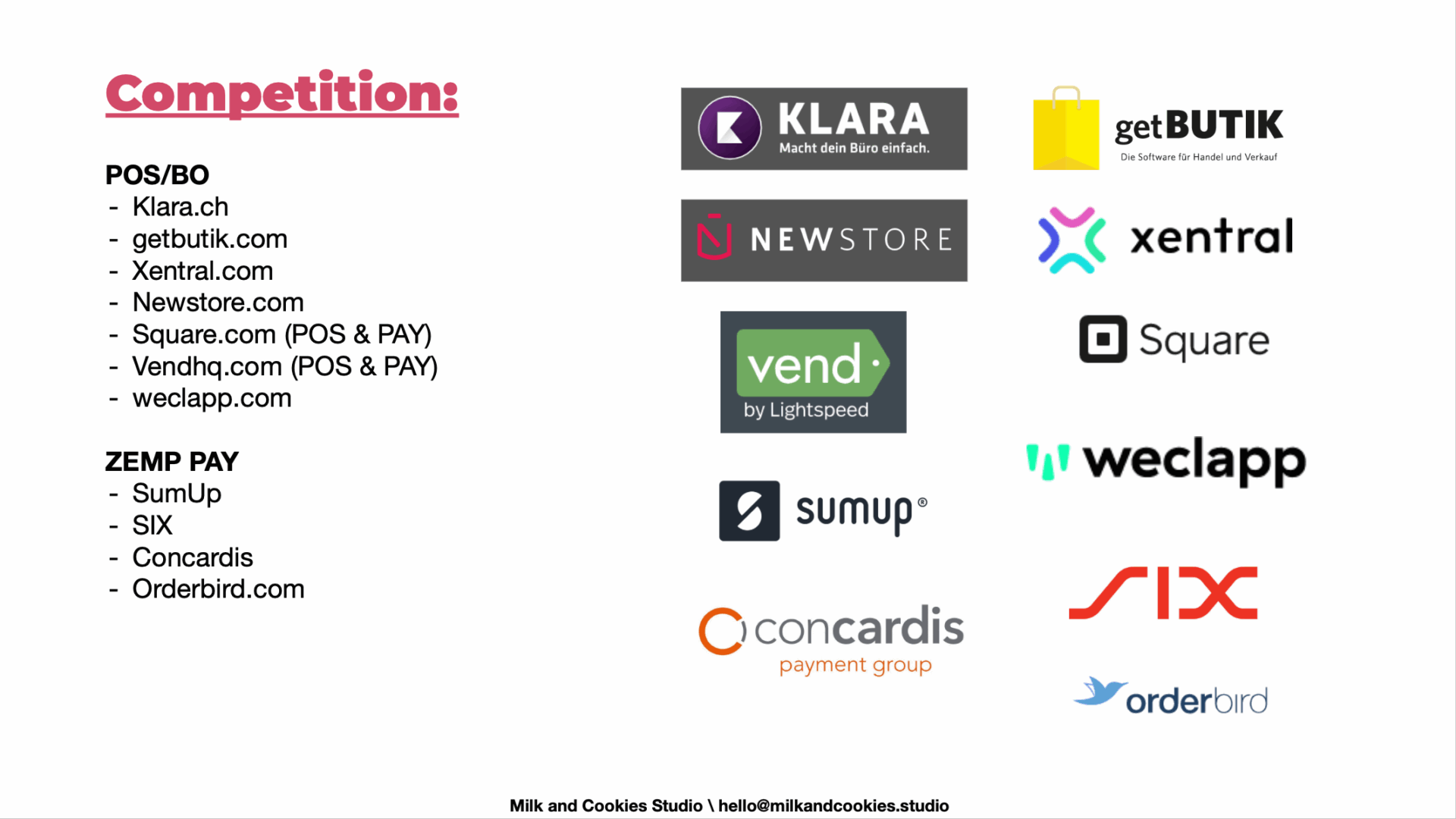
Our discovery workshop produced a detailed brief documenting the brand platform, customer profiles, challenges, opportunities, and success metrics. This 34-page document ensured everyone stayed aligned throughout the project.
We created a comprehensive positioning strategy that defined ZEMP as “The Regular Guy with a hint of Explorer” archetype. This wasn’t abstract theory; it gave ZEMP a distinct personality: friendly, down-to-earth, empathetic, but also ambitious and freedom-focused.
The brand voice became “If Rachel from Friends and J.A.R.V.I.S. from Iron Man had a baby”.
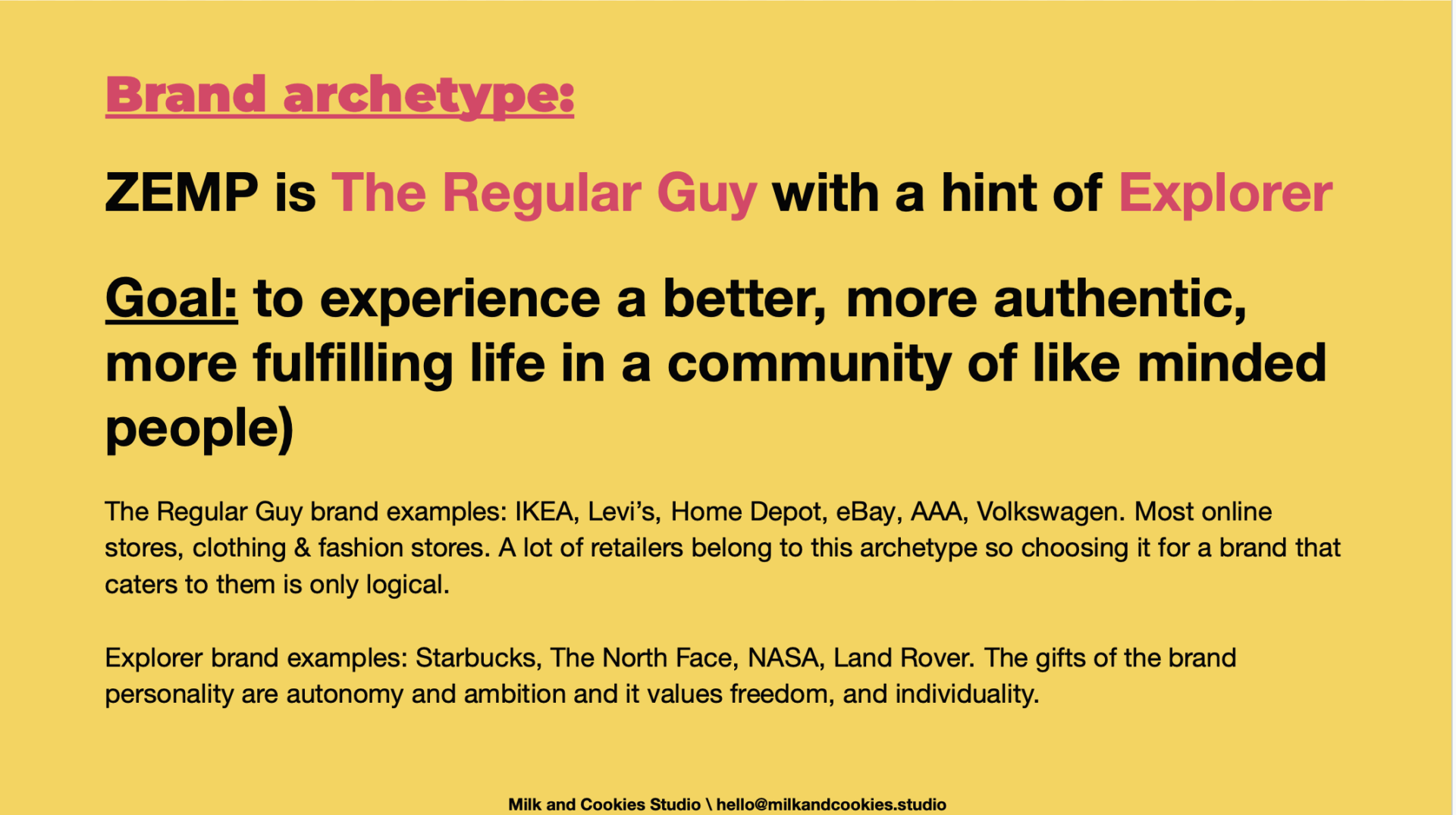
The positioning document established ZEMP’s Censydiam motivation space (Belonging primary, Security secondary), giving the brand a psychological framework for all communications. We defined how ZEMP speaks (with dedication, slight humor, frankness, and confidence) and how it doesn’t (without arrogance, mockery, superiority, or uncertainty).
Our social media management strategy outlined a complete content approach with specific post types, formats, frequency, and budget allocation across Facebook, Instagram, and LinkedIn. The monthly budget of 3,220 EUR covered content creation, boost posts, and channel growth media.
The Genie launch campaign proposal introduced a breakthrough concept: micro-cluster messaging. Instead of generic payment solution messaging, we created niche-specific campaigns using the formula “Easier/Faster/Simpler than [something reflexive in their niche]”.
A florist would see “Easier than trimming a rose,” while a baker would see “Faster than proofing dough”.
We designed a complete distribution funnel with paid ads, niche PR outreach, organic content, and native advertising at the top, dedicated landing pages for each niche in the middle, and demo accounts at the bottom.
Every niche got its own micro-landing page speaking directly to their specific problems.
Our Solution
The core of our approach was hyper-personalization at scale through micro-ICPs.
Most B2B SaaS companies create one or two personas and broadcast the same message to everyone. We took the opposite approach. We identified small client clusters within ZEMP’s target market and created communication specifically for each cluster.
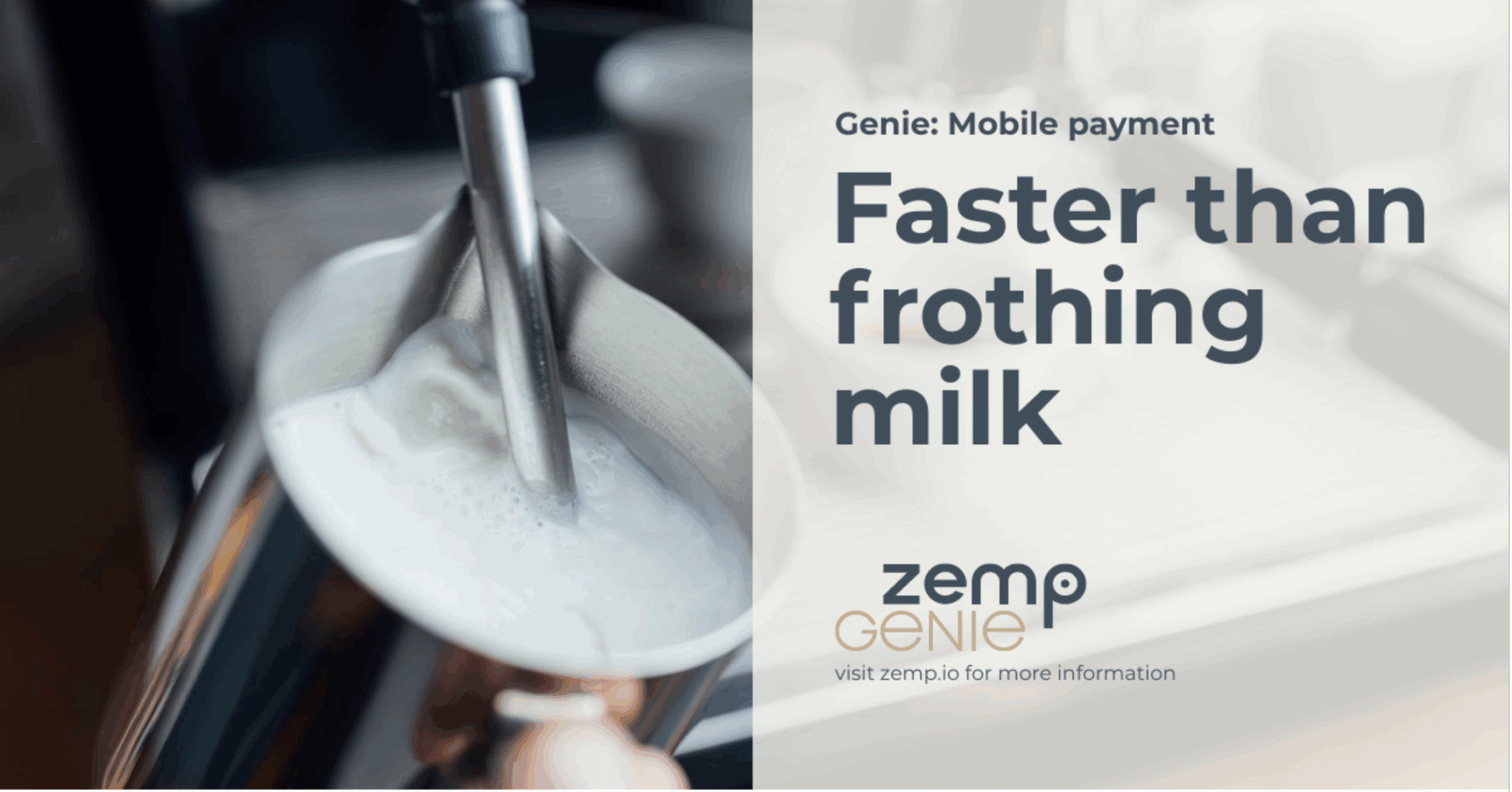
A vintage clothing shop owner faces different challenges than a bakery owner or a hardware store operator. Our messaging reflected these differences. We spoke their language, referenced their daily realities, and positioned ZEMP as the solution to their specific problems.
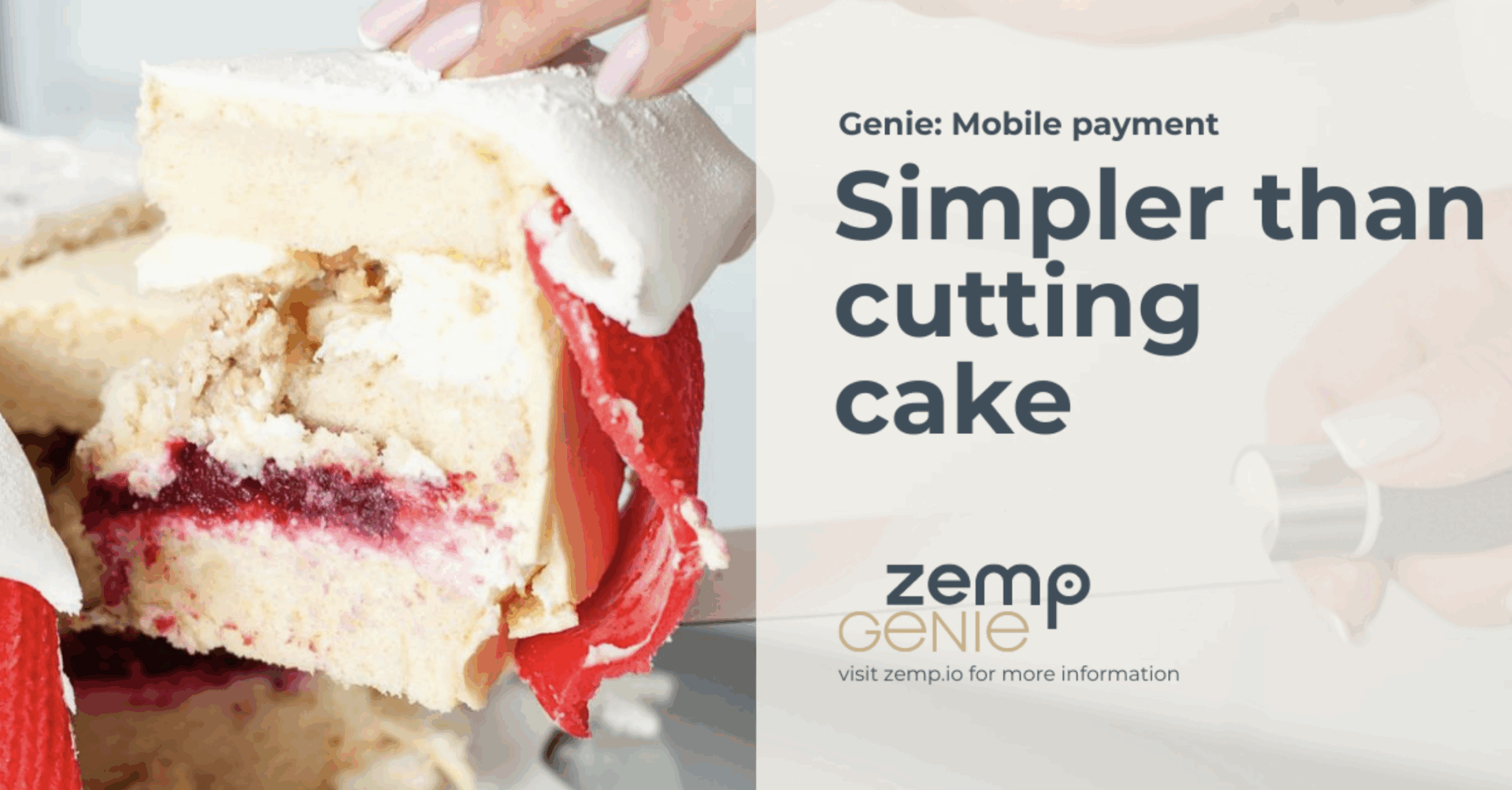
For positioning, we avoided the trap of feature-focused messaging. Instead, we positioned ZEMP as the affordable alternative to enterprise tools, the secret ingredient for SMB success, and the reliable partner that gives entrepreneurs back their time and peace of mind.
The brand promise became clear: “ZEMP is a comprehensive, integrated and affordable solution that helps small entrepreneurs be in complete control of their business”. A positioning not about features, but about the outcome that matter to the ideal customer profile.
Now, in termso of the content strategy, we followed a “give first, sell after” philosophy. We aimed to make ZEMP the go-to platform for content, resources, guides, and useful information for retail entrepreneurs. The main KPIs were not vanity driven ones, like followers or likes, but the conversion focused ones: email subscribers & demo calls booked, because that’s where we could convert through upsell, drip campaigns, and conversion sequences.
We created evergreen funnels that continued working long after launch. Each funnel addressed a specific customer journey stage, moving prospects from awareness through consideration to decision with relevant content and touchpoints.
Overcoming the Challenges
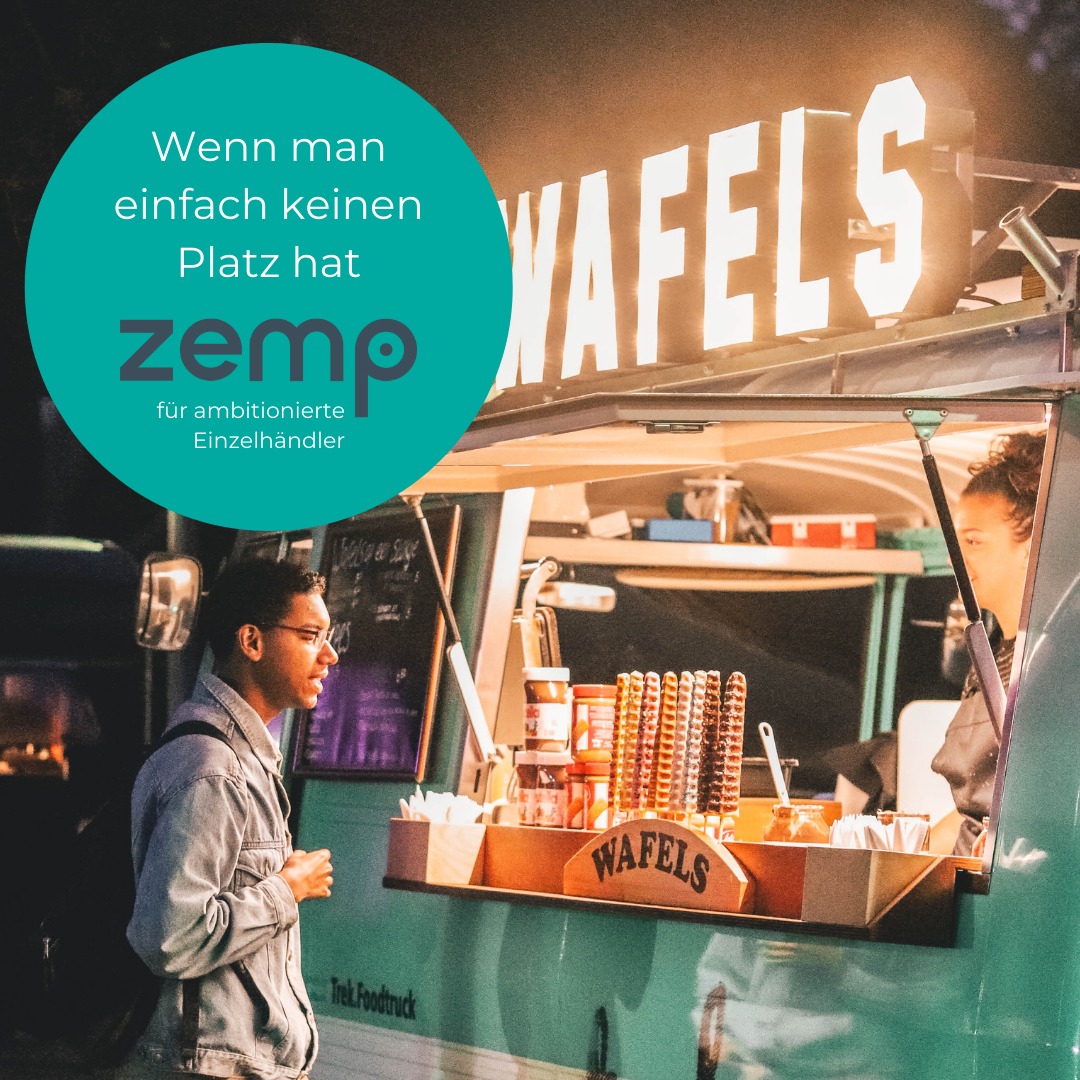
The biggest challenge was building everything from scratch with minimal resources.
ZEMP had one marketing person and limited budget. Traditional agencies (probably) would have recommended hiring a team and spending six figures on awareness campaigns. We took a different path.
We created templates, toolboxes, and standard operating procedures that Anna, the amazing person responsible for marketing could use independently. Every deliverable included not just strategy but implementation guides with specific next steps she could execute the next day, templates, scripts, and everything required for fast and simple launch.
To address the lack of trust in the market (caused by low-quality competitors), we focused heavily on use cases, testimonials, and transparent communication about costs and features. We highlighted ZEMP’s unique advantage: built by a shopkeeper for shopkeepers, not by a software company guessing at needs.
The competition research revealed that consistency was the key differentiator. Most smaller competitors posted sporadically or not at all. By maintaining a regular posting schedule with valuable content, ZEMP could stand out simply by showing up reliably.
We tackled the regulatory complexity (different requirements in Switzerland, Germany, and Austria) by creating market-specific content that addressed local compliance needs. This positioned ZEMP as the expert who understands local requirements, not just another international player trying to adapt.
Results
While we cannot disclose specific conversion numbers due to confidentiality, the strategic foundation we built enabled ZEMP to scale their lead generation systematically.
The comprehensive competitive research gave ZEMP intelligence they continued using for years. The positioning strategy provided a clear brand identity that differentiated them in a crowded market. The social media strategy created a content engine that generated value for entrepreneurs while building ZEMP’s reputation.
Most importantly, we solved the core problem: unpredictable growth. ZEMP now had documented processes, tested messaging, and a clear understanding of which customer segments responded to which value propositions.
Key Takeaways
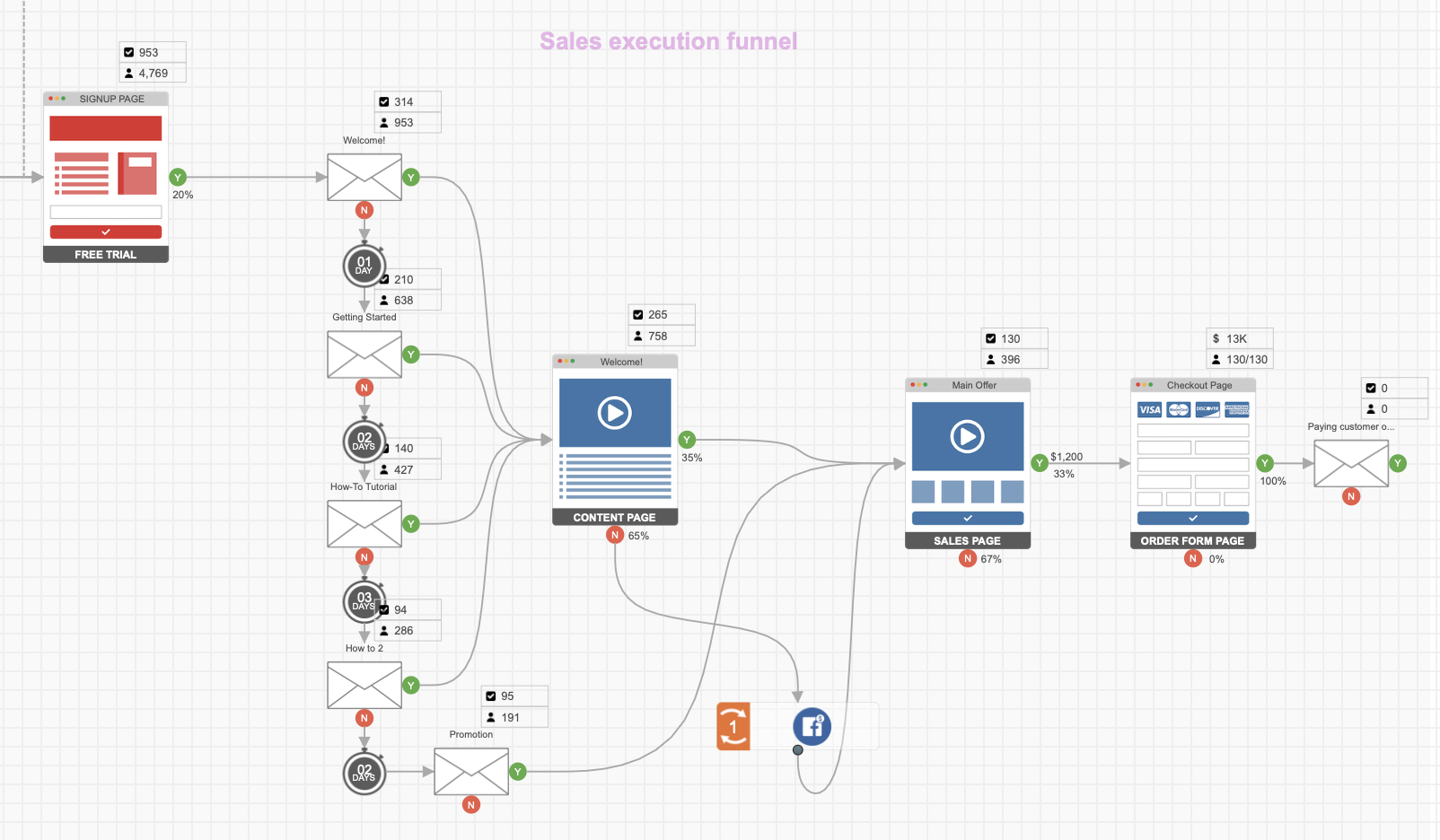
This project taught us several lessons that apply across B2B SaaS marketing.
First, hyper-personalization beats broad messaging every time. Creating micro-cluster communication for specific niches generates dramatically better response than generic “for all small businesses” messaging. It requires more work upfront but delivers better ROI.
Second, comprehensive research is worth the investment. The 50+ page competitor analysis we created became a strategic asset ZEMP used across the organization. Understanding not just what competitors do but why they do it reveals opportunities others miss.
Third, positioning must come before tactics. We spent significant time on brand archetypes, Censydiam motivations, and voice guidelines before creating a single post. This foundation ensured consistency across every touchpoint.
Fourth, startups need implementation-ready strategies, not just strategic recommendations. Every deliverable included specific next steps, templates, and guides that someone could execute immediately. Strategy without execution is worthless.
Fifth, education-first content marketing works in B2B, even for sales-focused companies. By helping entrepreneurs become better business operators, ZEMP built authority and trust that made selling easier. The “give first, sell after” approach compounds over time.
Sixth, one good marketing person and a small and effective agency, with the right systems and strategies can beat a large team with poor systems. We designed everything for a small operation marketing department to execute. Resource constraints force creativity and efficiency.
Finally, sustainable growth requires both brand and performance. ZEMP needed sales tomorrow and brand equity for the future.
We built funnels that served both purposes rather than forcing a choice between them.
Work with Milk & Cookies Studio
We built our agency around a simple belief: B2B marketing should create genuine and real value, not interrupt people with sales messages.
At Milk & Cookies Studio, we specialize in demand generation & funnel building for B2B SaaS and tech companies that need more than pretty presentations. We deliver actionable strategies, implementation-ready systems, and results you can measure.
Our approach combines deep research, strategic positioning, and systematic execution. We work best with companies that have strong products but struggle with predictable customer acquisition, need help standing out in crowded markets, or want to build lead generation systems that scale without massive teams.
If you’re facing challenges similar to ZEMP’s, let’s talk. Book a discovery call at milkandcookies.studio and we’ll explore whether we’re the right fit to help you build your lead generation machine.

